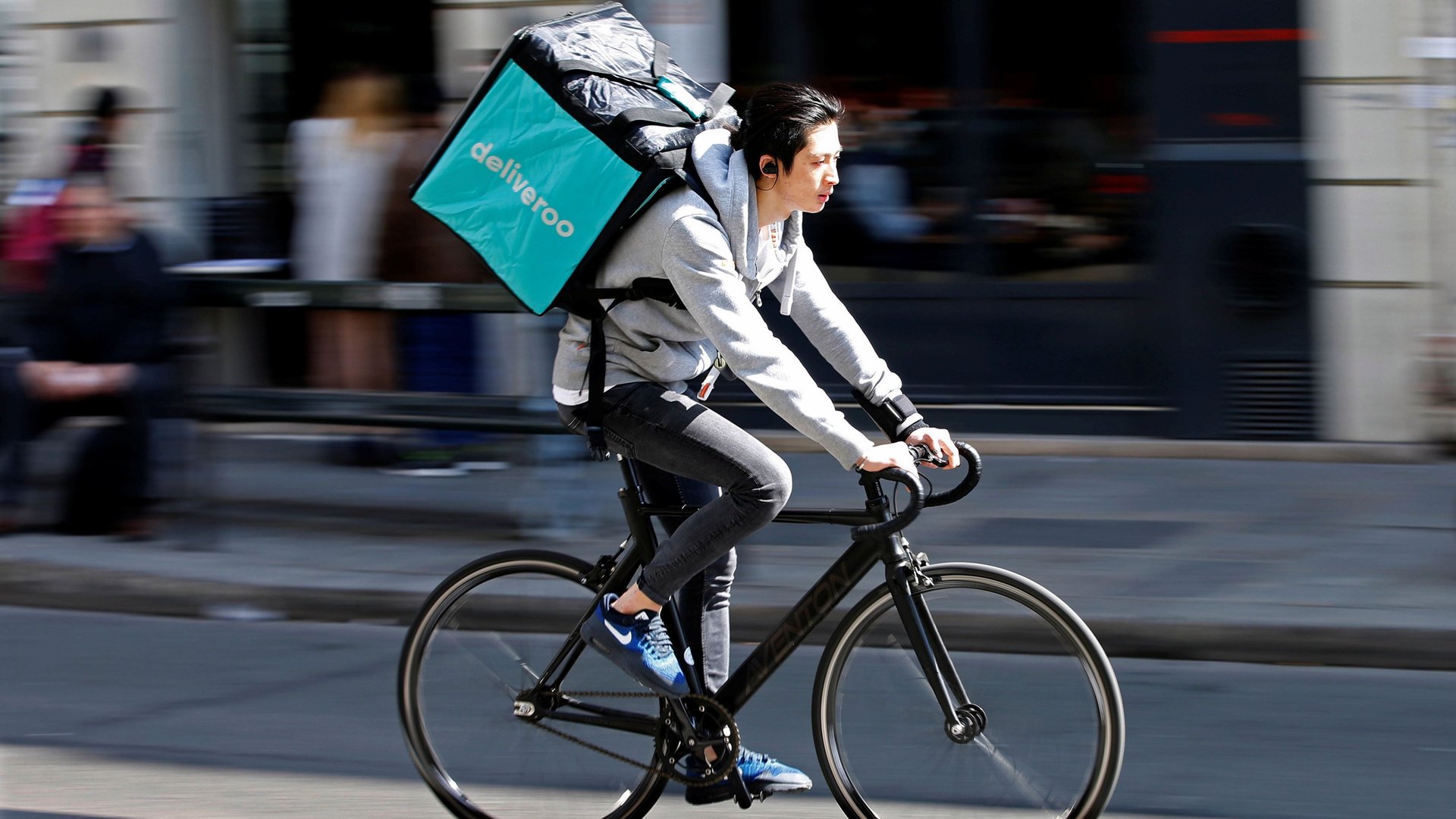Everything we thought we knew about the gig economy is wrong
Have you heard about the gig economy? It’s the future of work. The conventional 9-to-5 job is dying out, replaced by a system where workers rush to on-call jobs summoned via their smartphones.


Have you heard about the gig economy? It’s the future of work. The conventional 9-to-5 job is dying out, replaced by a system where workers rush to on-call jobs summoned via their smartphones.
At least that’s what we thought, until the US Bureau of Labor Statistics (BLS) threw that narrative out the window today.
The share of people working in “alternative” work arrangements, an important government measure of the prevalence of “gig” work, is shrinking rather than rising, according to newly released BLS data. Alternative in this case means people who are not employed directly or regularly at the place they usually work, including independent contractors and temp workers.
The new data show that the share of Americans in gig work fell to 10.1% of the labor force last year, from 10.9% in 2005, the last time the BLS studied these work arrangements. This challenges research from renowned economists Lawrence Katz of Harvard and Alan Krueger of Princeton, who estimated in December 2016 that alternative work had jumped to 15.8% of all workers, accounting for almost all of US job creation since 2005.
Independent contract work saw the largest decline. Contractors accounted for 7.4% of all workers in 2005, but just 6.9% in 2017. The share of workers in temp jobs, on the books of contract firms, or who work on-call held steady between 2005 and 2017.
The results baffled economists and other observers, who had expected the BLS numbers to confirm gig-economy growth that was already widely trumpeted in independent studies and the media. Just last week, for example, analyst Mary Meeker cited research in her high-profile “Internet Trends” report that predicted 7 million people would be working in the gig economy by the end of this year, up 26% from 2017. Other studies from gig-affiliated companies and organizations have estimated that more than 30% of Americans are freelancing, including nearly half of millennials (they do love their side hustles).
The poster-child for this new model of work is Uber, which hires its drivers as independent contractors, without benefits or other traditional employment protections, like a guaranteed minimum wage. Uber said it had 900,000 drivers in the US as of last month. “Uber, which is ‘huge,’ is also small,” said John Horton, professor at New York University’s Stern School of Business, who has studied the gig economy. “On the scale of the labor market as a whole, it’s unimportant.”